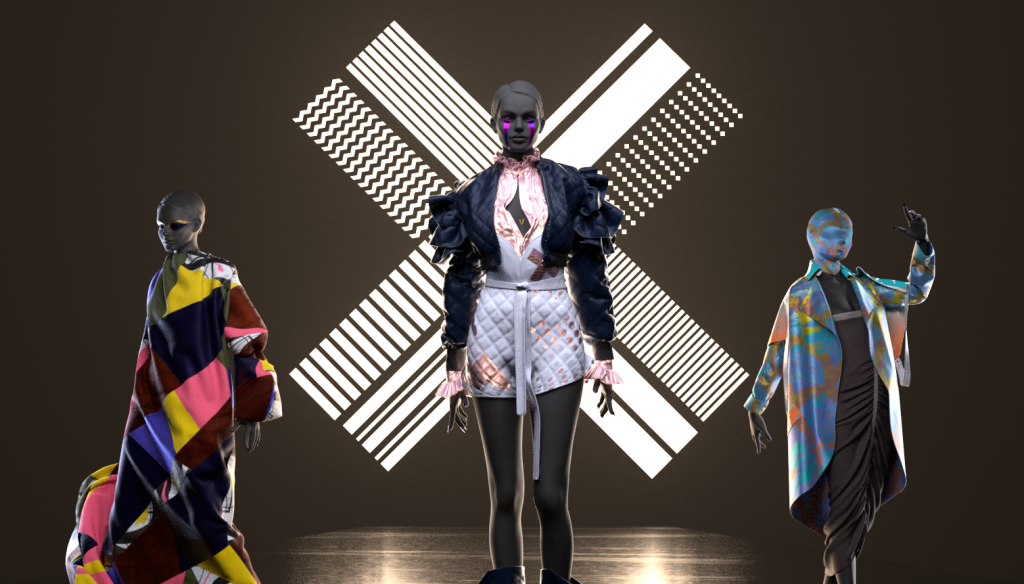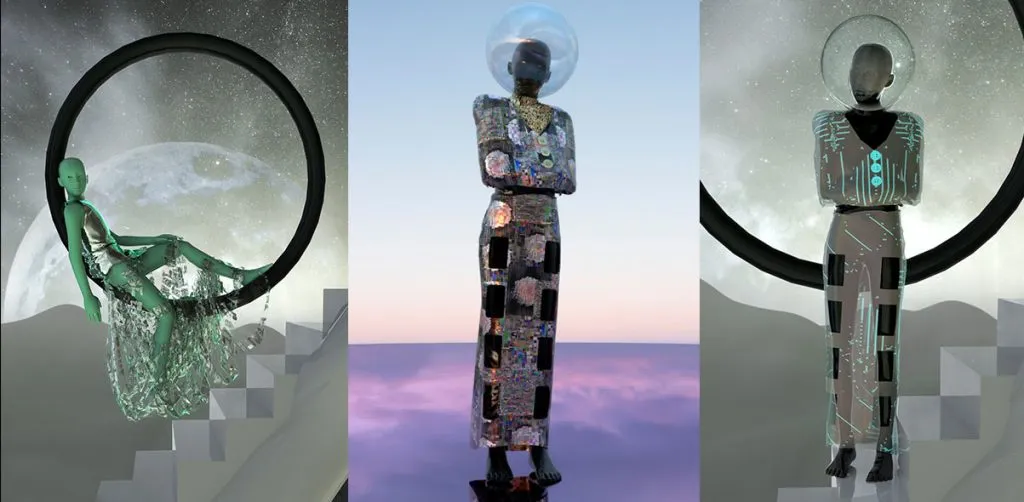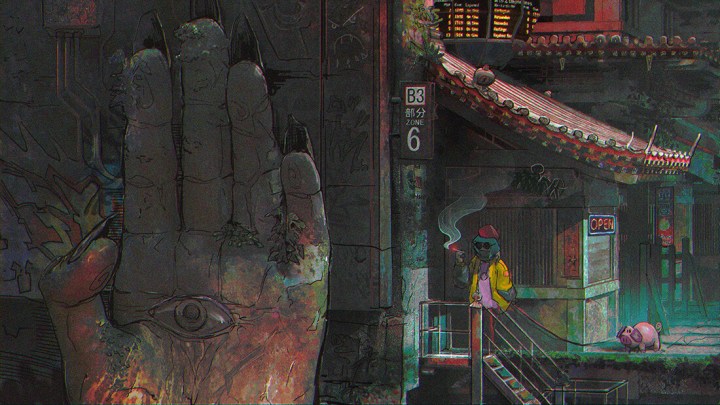Learn Digital Fashion – An Exciting Career Path for 3D Artists

The boom in the digitalization of the fashion industry presents an exciting new specialization for artists. In video games, being able to customize characters and change outfits is all part of the player experience. Now, game artists can consider specializing in fashion and expanding their skill set. To better understand the benefits and career opportunities digital fashion presents, we interviewed Professor Jules Dagonet, Head of School for Fashion and Textiles at the University for the Creative Arts (UCA), which is launching a brand new MA in Digital Fashion.
In your opinion, what would you say instigated the recent boom in digital fashion?
It’s a combination of a few things: the availability of technology (Clo3D, NFT, blockchain), consumer push for a more sustainable fashion industry, the restrictions introduced by COVID-19 (impossibility to travel and to meet people), and finally the ever-increasing popularity of games, a multi-billion dollar industry. The skins market alone is worth $50 billion annually and only 2% of these skins are branded garments; a colossal opportunity for fashion brands.
What are the main benefits of digital fashion vs traditional?
Everyone wins with digital fashion. The brands, the consumers, the digital artists themselves, and our environment.
For Artists
Starting with fashion design and games artists, digital fashion offers the opportunity to expand the realm of creative possibilities. Virtual garments or skins can be created out of materials that do not physically exist like fire or water. It’s an opportunity for fashion designers to explore the distinctive and authentic worlds of the metaverse. Equally, it is a chance for game artists to learn about fashion design and enhance their creative practice with skins that could potentially become physical garments.
For Consumers
For consumers, digital fashion is an opportunity to reimagine themselves and curate their virtual identities just like they curate their physical identities. Their virtual selves might be more extravagantly dressed as they don’t have to worry about comfort and practicality as there is a greater distance between the person and the viewer/the audience. With the rise of NFTs, consumers will access unique or rare skins that enhance their virtual selves. Digital fashion is also a chance for consumers to fulfill their sustainability agenda. Sustainability has become top of mind for fashion-enthusiasts and therefore a top priority for the industry too. Digital fashion enables an on-demand production model and the reduction of waste which is a big problem in the fashion industry – and so, the environment wins too.
For Brands
There are many benefits for the brands, but there are also significant costs as digital fashion requires them to radically rethink their business models to shift to on-demand production. E-commerce is making big strides and is predicted to continue to grow steadily as physical retails suffer. Things like 3D assets, virtual showrooms, virtual try-ons, and virtual catwalks will continue to expand. I believe that games are the perfect entry route for fashion brands to embrace digital fashion: it creates an additional revenue stream without changing their business model. It is relatively low-hanging fruit. The profits generated by selling skins in games could be reinvested in long-term business model transformation.
Who is the Digital Fashion MA program meant for?
The MA Digital Fashion is open to applicants from different professional backgrounds including fashion design, games, and other disciplines such as illustration and graphic design. No prior knowledge of 3D design software is required: these skills will be taught on the course. Students from a non-fashion or gaming background will be offered intensive pattern-cutting and garment construction classes to bring them up to speed on garment creation and let their creativity explode on the screen.
The MA Digital will be delivered both online for industry professionals and on campus. Scholarship applications are available until April 18th.
What skills and tools can students expect to learn during the course of the program?
The MA Digital Fashion will have a steep learning curve. This is especially true during the first term when students will be exposed to the three areas of digital fashion and the related technology: games, e-commerce, and on-demand production – which are all based on the production of 3D assets (or skins) but will also include technology related to digital showrooms and virtual catwalks.

Credit: Emi Rosa
What are some of the career opportunities for digital fashion artists?
Opportunities follow the three key areas of digital fashion: games, marketing & e-commerce, and fashion supply chain & business models. I expect that digital fashion artists will create skins for games and 3D assets to be leveraged by e-commerce platforms, take a leading role in creating virtual retail experiences, and finally be closely involved in business transformations towards on-demand production. I expect that they will work for a range of companies, from digital fashion houses such as The Fabricant, Replicant, and Auroboros, to digital enablers and service providers (ex. virtual showrooms), to traditional but fast-evolving fashion houses such as Gucci, LVMH, Burberry, Tommy Hilfiger – and perhaps also moving forward, technology and social media companies.
You can read more about UCA’s Digital Fashion program in The Guardian and Vogue.
Live Fashion Demo
Tune in Wednesday, April 7th for a special ArtStation Live event with UCA lecturer, Veeshane Diolle (VS Dio). VS will take inspiration from UCA graduate Martina Mansaray’s award-winning designs to demonstrate how to create a tie-dye fabric using Substance Painter.



















